Desert limes — zesty, resilient, and packed with flavor — are one of Australia’s most fascinating native citrus fruits. Known scientifically as Citrus glauca, desert limes thrive in some of the most arid and challenging environments on the planet, making them a symbol of both nature’s resilience and culinary elegance.
As interest in native foods, superfruits, and sustainable agriculture grows globally, the question arises:
Which country is the largest desert lime producer in the world?
The short answer? Australia — and by a wide margin. In this in-depth article, we’ll explore why Australia holds this title, the origin and uses of desert limes, cultivation trends, export markets, and why this tiny citrus is becoming a giant in niche global markets.
What Are Desert Limes?
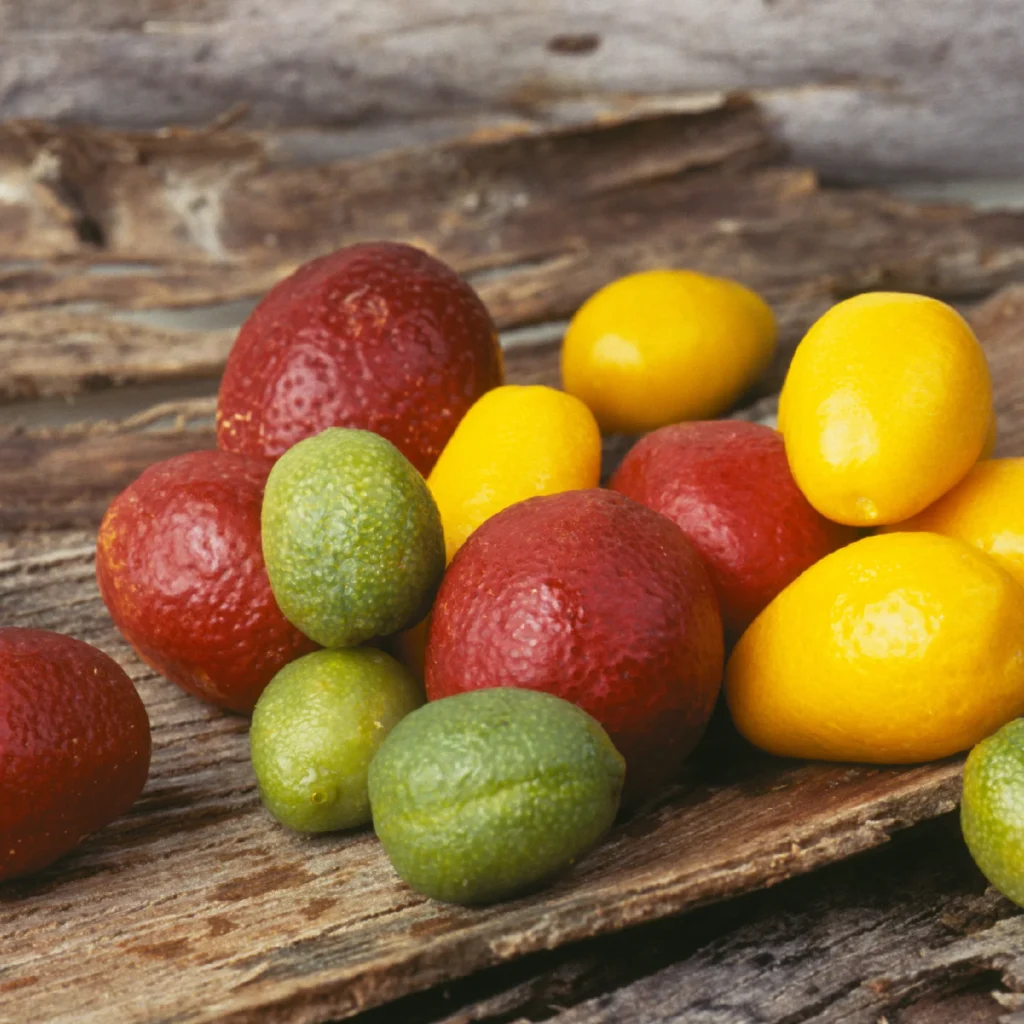
Desert limes (Citrus glauca), sometimes called bush limes or wild limes, are native to Australia’s inland arid zones, particularly in Queensland, New South Wales, and South Australia. These small, round, green fruits are:
- About the size of a marble (1–2 cm in diameter)
- Incredibly high in citric acid and vitamin C
- Naturally drought-tolerant and hardy
- Renowned for their intense, tangy flavor with herbal undertones
Unlike commercial limes (such as Citrus aurantiifolia or Citrus latifolia), desert limes do not require heavy irrigation, pest management, or fertilization. Their ability to thrive in poor soils makes them a key candidate for future-focused, climate-resilient agriculture.
Which Country Is the Largest Desert Lime Producer?
Australia: The Undisputed Leader
Australia is the largest — and virtually exclusive — producer of desert limes in the world. These fruits are endemic to Australia and are still harvested both from wild native stands and cultivated orchards across arid and semi-arid regions.
Global Production Snapshot
- Australia accounts for nearly 100% of global desert lime production.
- The commercial production is largely concentrated in:
- Southwestern Queensland
- Western New South Wales
- Northern South Australia
- Annual commercial output ranges from 100 to 300 metric tons, depending on seasonal rainfall and market demand.
- Desert limes are mainly supplied by:
- Wild harvesters working with Indigenous landowners
- Small to medium-sized native citrus orchards
- Agroforestry initiatives focused on bushfoods
No other country produces desert limes at any meaningful scale due to the species’ limited adaptability outside Australia and the country’s monopoly over native varieties and IP (intellectual property) protections.
Origin and Botanical Uniqueness
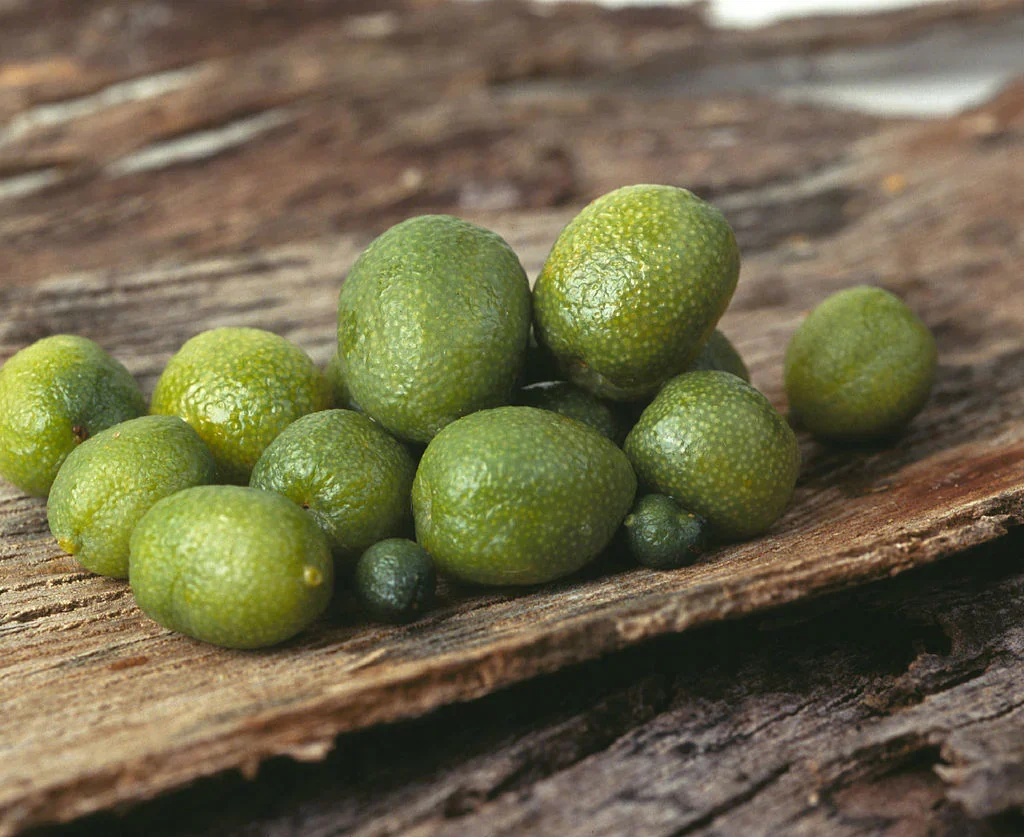
Desert lime (Citrus glauca) is unique for several reasons:
- Indigenous Heritage: Aboriginal Australians have used desert limes as a food and medicinal source for thousands of years.
- Botanical Resilience: It is one of the few citrus species that can withstand extreme heat, salinity, and drought.
- Hybrid Potential: It has been successfully crossbred with other citrus types to develop hybrid cultivars suitable for modern agriculture.
These qualities make it not just a native fruit but a model plant for climate-smart horticulture.
Cultivation Trends in Australia
Desert limes were historically wild-harvested, but in recent decades, there has been a shift towards structured cultivation due to rising demand in gourmet and export markets.
Key Trends:
- Commercial Cultivation: Farms in Queensland and New South Wales have invested in planting desert lime groves using grafted stock to ensure uniform size and higher yields.
- Agroforestry Projects: Sustainable desert lime orchards are integrated into reforestation and carbon offset projects in semi-arid zones.
- Indigenous Enterprises: Many Indigenous communities are now involved in the commercial harvest and processing of native limes, promoting cultural heritage and economic development.
Popular Varieties and Cultivars
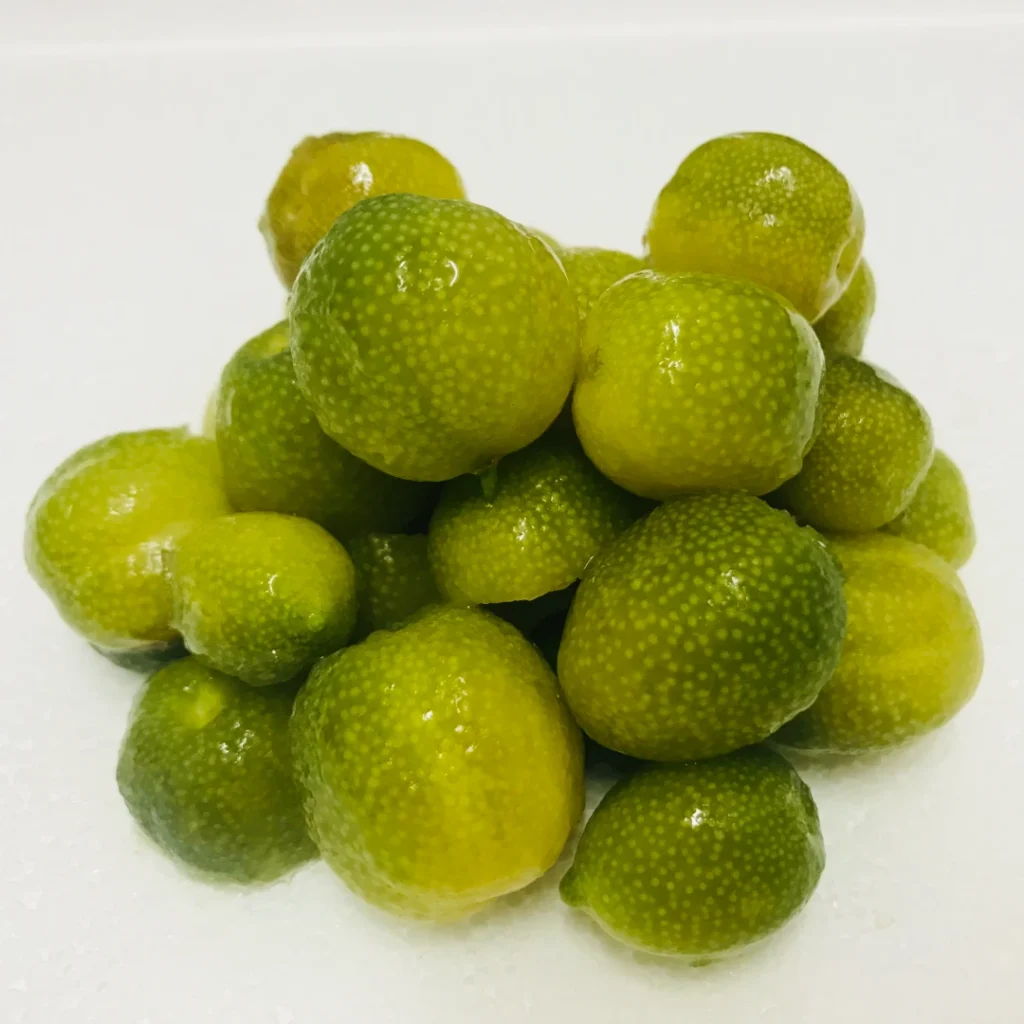
While Citrus glauca is the wild species, horticulturists have developed several selected cultivars optimized for commercial yield, taste, and shelf life. Some notable types include:
- Outback Lime™
- Developed from wild stock
- High fruit yield, easy to harvest
- Excellent for drying and sauces
- Desert Lime Elite Selection
- Bred for uniform size and flavor
- Used widely in gourmet products
- Native Citrus Hybrids
- Crosses between desert lime and finger lime
- Experimental, with enhanced flavor profiles
These cultivars are the backbone of Australia’s native citrus farming industry.
Major Uses of Desert Limes
Desert limes are celebrated for their strong, zesty flavor and nutrient-dense composition. They are used in both traditional and modern culinary contexts:
Culinary Uses:
- Chutneys and relishes
- Jams and marmalades
- Sauces for meats and seafood
- Cocktails and lime syrups
- Gourmet chocolates and desserts
- Bushfood spice blends
Non-Culinary Uses:
- Nutraceuticals and dietary supplements (high vitamin C and antioxidants)
- Skincare products (citric acid and vitamin-rich extracts)
- Natural cleaning products (due to strong acidity)
Their growing reputation in health, wellness, and gourmet markets is making them a niche export sensation.
Export Markets and Economic Impact
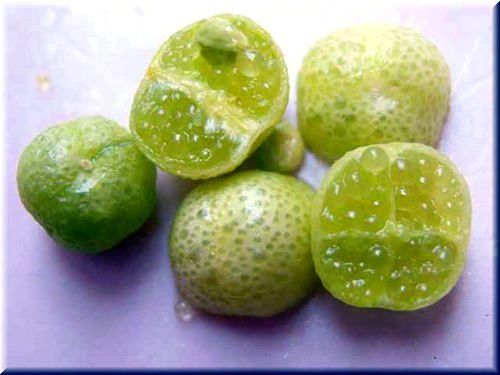
While the desert lime industry in Australia is still considered emerging, its global reach is rapidly expanding:
Key Export Markets:
- United States
- Germany
- Japan
- Singapore
- United Kingdom
Exports are typically in the form of:
- Frozen whole fruit
- Purees and pastes
- Freeze-dried powders
- Extracts and oils
Australia’s clean green image, strict food safety standards, and marketing of bushfoods as “superfoods” have made its desert limes increasingly attractive on the global stage.
Economic Potential:
- The native citrus industry, including desert limes, is valued at AUD 15–20 million annually and growing.
- Desert lime-based value-added products are now featured in luxury food hampers, high-end restaurants, and organic supermarkets worldwide.
Sustainability and Indigenous Involvement
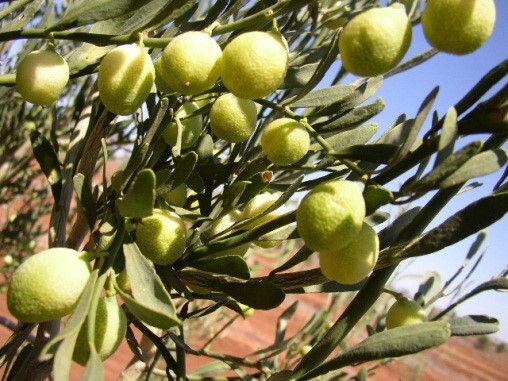
Desert lime production is inherently sustainable due to the plant’s natural adaptability to dry climates. No irrigation is required for wild harvesting, and minimal inputs are used in cultivated orchards.
Importantly, many desert lime initiatives are led by or involve:
- Indigenous landholders and farmers
- Native bushfood cooperatives
- Cultural knowledge holders
These projects promote cultural reconnection, economic independence, and land stewardship in rural and remote communities.
Can Other Countries Grow Desert Limes?
Technically, desert limes can be grown in similar arid environments (e.g., parts of the U.S., Israel, or Mexico). However:
- The fruit is protected as a native species under Australian biodiversity laws.
- Australia holds breeder’s rights for most commercial cultivars.
- Outside Australia, propagation is rare and mostly experimental.
As a result, Australia remains the sole viable commercial producer for the foreseeable future.
Conclusion: A Native Gem with Global Appeal
Desert limes, once a hidden treasure of Australia’s harshest landscapes, have emerged as a global gourmet favorite. With their bold flavor, nutritional punch, and sustainability credentials, they represent the future of smart, native agriculture.
And leading this quiet revolution? Australia, the birthplace, caretaker, and world’s largest producer of desert limes.
As climate change reshapes the future of farming, desert limes — hardy, native, and powerful — could be the citrus the world didn’t know it needed.

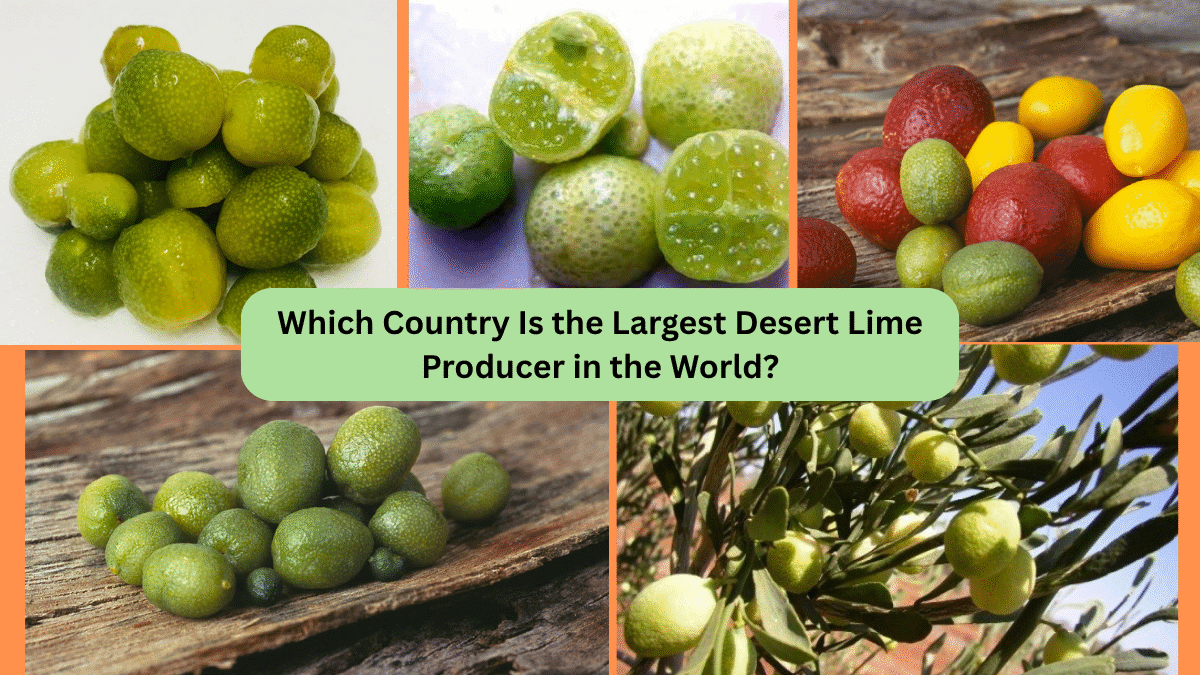



Leave A Comment